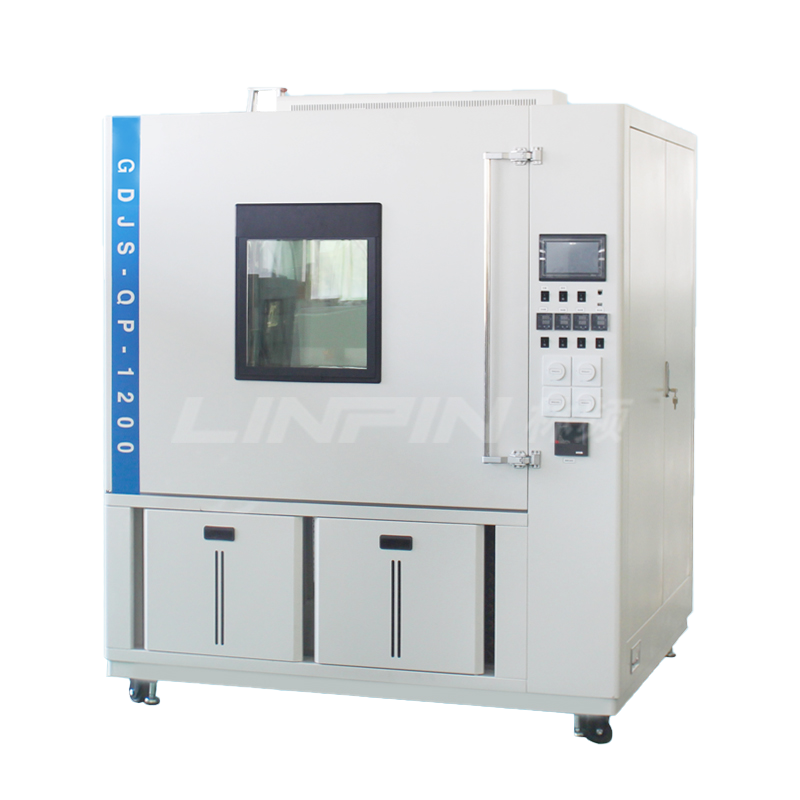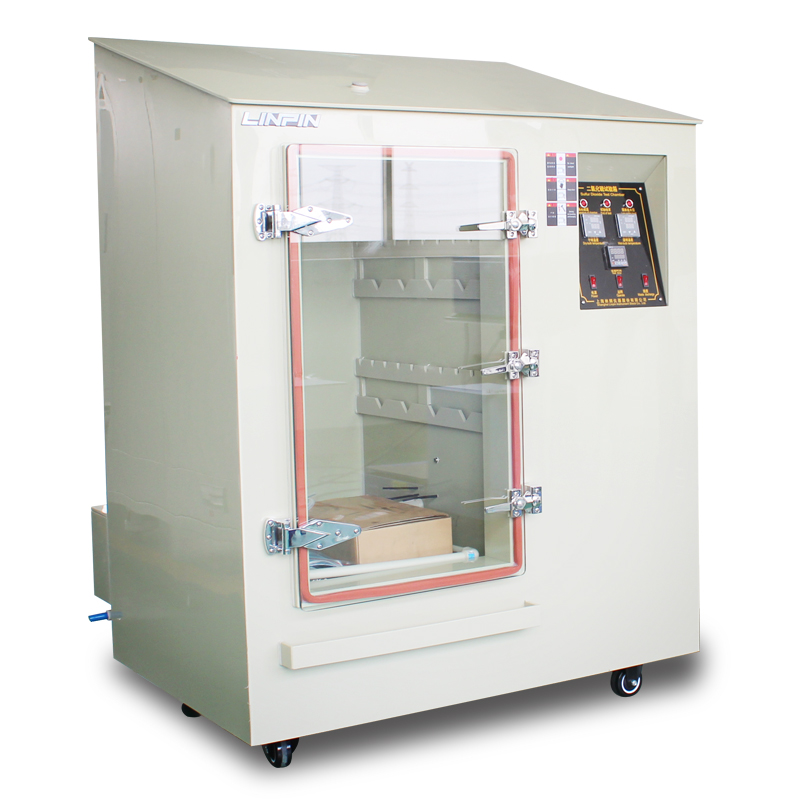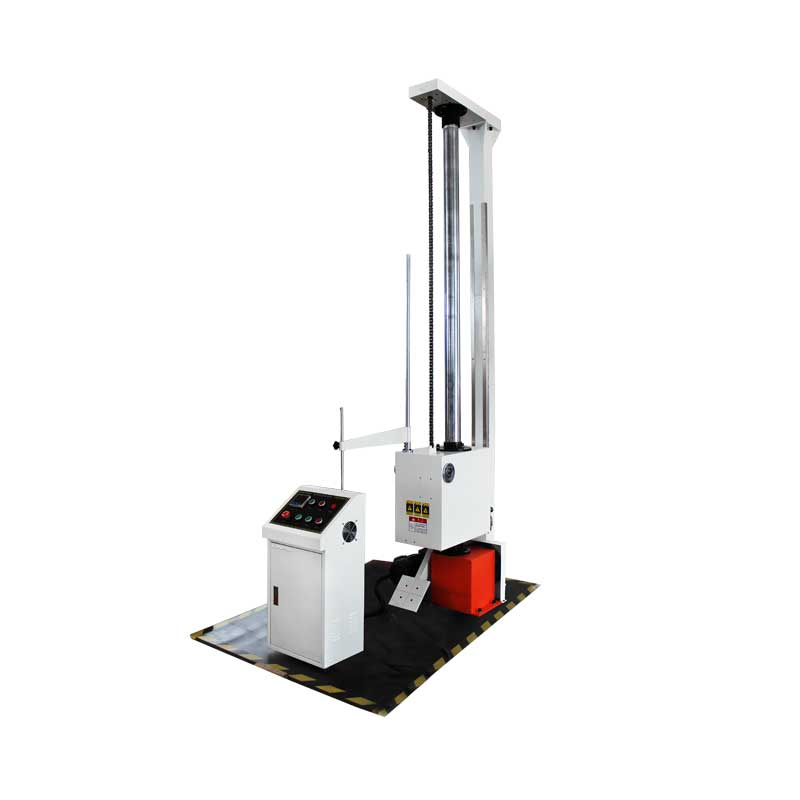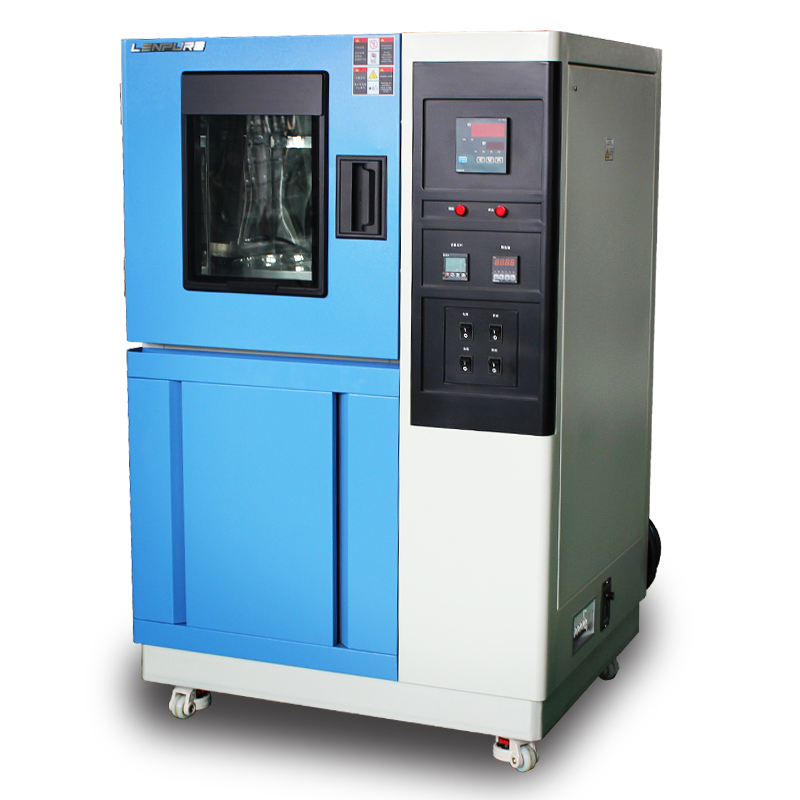Why the “Sedimentation Rate” Indicator of a Salt Spray Test Chamber is of Paramount Importance
Author:LINPIN Update Time:2025-09-17 Source:LINPINThe salt spray test chamber has long been a cornerstone in the evaluation of corrosion resistance for materials, coatings, and finished products. Its ability to simulate aggressive chloride-rich atmospheres has made it indispensable across industries such as automotive, aerospace, marine engineering, construction, and electronics. Among the many performance indicators governing the reliability of such a chamber, the “sedimentation rate” holds a unique and decisive position. It directly influences the precision, reproducibility, and credibility of test results. Understanding why this parameter is so critical requires a detailed examination of its physical significance, regulatory framework, operational impact, and broader implications for product development and global competitiveness.
Physical and Technical Meaning of Sedimentation Rate
In a salt spray test, a saline solution is atomized into fine droplets and dispersed throughout the chamber. These droplets then settle onto the surface of test specimens. The rate at which they accumulate, often expressed in milliliters per 80 cm² per hour, is known as the sedimentation rate.
This indicator reflects:
-
Droplet Uniformity – Consistency in droplet size ensures that the salt solution coats surfaces evenly, avoiding anomalies such as dry spots or excessive pooling.
-
Atmospheric Homogeneity – A stable sedimentation rate demonstrates that the internal microclimate of the chamber is controlled and uniform across the testing zone.
-
Replicability of Environmental Stress – By quantifying how much saline mist is deposited, laboratories can reproduce identical conditions for comparative tests across different facilities and timeframes.
Without rigorous control of sedimentation rate, two identical specimens tested in different chambers could exhibit divergent corrosion behaviors, undermining confidence in the results.
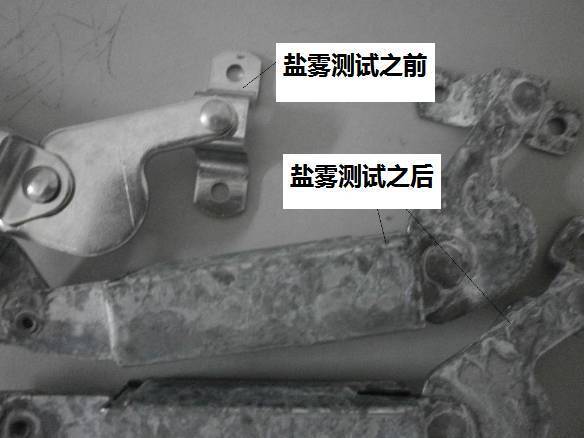
International Standards and Sedimentation Rate Requirements
Authoritative standards underscore the critical role of sedimentation control. Examples include:
-
ASTM B117 (Standard Practice for Operating Salt Spray Apparatus) specifies a sedimentation rate between 1.0 and 2.0 mL/80 cm²/h.
-
ISO 9227 (Corrosion Tests in Artificial Atmospheres – Salt Spray Tests) emphasizes similar criteria, ensuring cross-border comparability of results.
-
GB/T 10125 (China National Standard for Salt Spray Tests) aligns closely with international practice, demanding strict monitoring of deposition values.
Compliance with these ranges is not merely procedural. It ensures that test outcomes are globally recognized, thereby enabling companies to certify their products for international markets.
Consequences of Poor Sedimentation Control
If the sedimentation rate falls outside the specified range, several issues arise:
-
Over-sedimentation
-
Excessive droplet accumulation accelerates corrosion beyond realistic conditions.
-
Results exaggerate vulnerability, potentially disqualifying materials that would otherwise perform adequately in real-world environments.
-
-
Under-sedimentation
-
Insufficient deposition slows corrosion, masking weaknesses.
-
Products may appear durable in testing but fail prematurely in field applications, leading to warranty claims and reputational damage.
-
-
Non-uniform Sedimentation
-
Variability across chamber zones creates inconsistent stress on specimens.
-
Comparative analysis becomes unreliable, complicating quality control and R&D assessments.
-
Thus, sedimentation rate is not a minor operational detail but the linchpin of test integrity.

Impact on Industrial Sectors
Automotive Industry
Vehicles encounter chloride stress from de-icing salts and coastal exposure. Manufacturers rely on salt spray chambers to validate coatings, galvanized steel, and alloy components. An accurate sedimentation rate guarantees that test outcomes correlate with actual road conditions.
Aerospace Applications
Aircraft structures and fasteners must endure aggressive environments at altitude and ground level. Certification authorities demand precise compliance with corrosion test standards. Any deviation in sedimentation rate could invalidate qualification processes, delaying fleet readiness.
Marine and Offshore Engineering
Ships, rigs, and subsea infrastructure face constant saline attack. Salt spray results drive the selection of paints, thermal sprays, and cathodic protection strategies. Reliable sedimentation data supports billion-dollar investment decisions.
Electronics and Electrical Equipment
Printed circuit boards, connectors, and casings are highly sensitive to corrosion. Sedimentation control ensures that accelerated aging simulations accurately forecast real-life reliability in humid, chloride-rich climates.
Sedimentation Rate as a Measure of Equipment Quality
The ability of a salt spray chamber to maintain a stable sedimentation rate serves as a benchmark for its overall engineering excellence. Several design features contribute to this:
-
Atomization System Precision
-
Advanced nozzles deliver consistent droplet size distribution.
-
Air pressure regulation minimizes fluctuations.
-
-
Solution Preparation and Flow Control
-
Uniform brine concentration prevents density-related anomalies in sedimentation.
-
Flow meters and dosing pumps ensure constant delivery.
-
-
Chamber Geometry and Air Circulation
-
Internal airflow design reduces turbulence.
-
Optimized chamber volume supports uniform mist distribution.
-
-
Monitoring and Calibration Mechanisms
-
Graduated collection devices (funnels and cylinders) allow accurate measurement.
-
Automated feedback systems adjust mist generation in real time.
-
When promoting a salt spray test chamber, emphasizing its ability to deliver consistent sedimentation is equivalent to highlighting its scientific credibility.
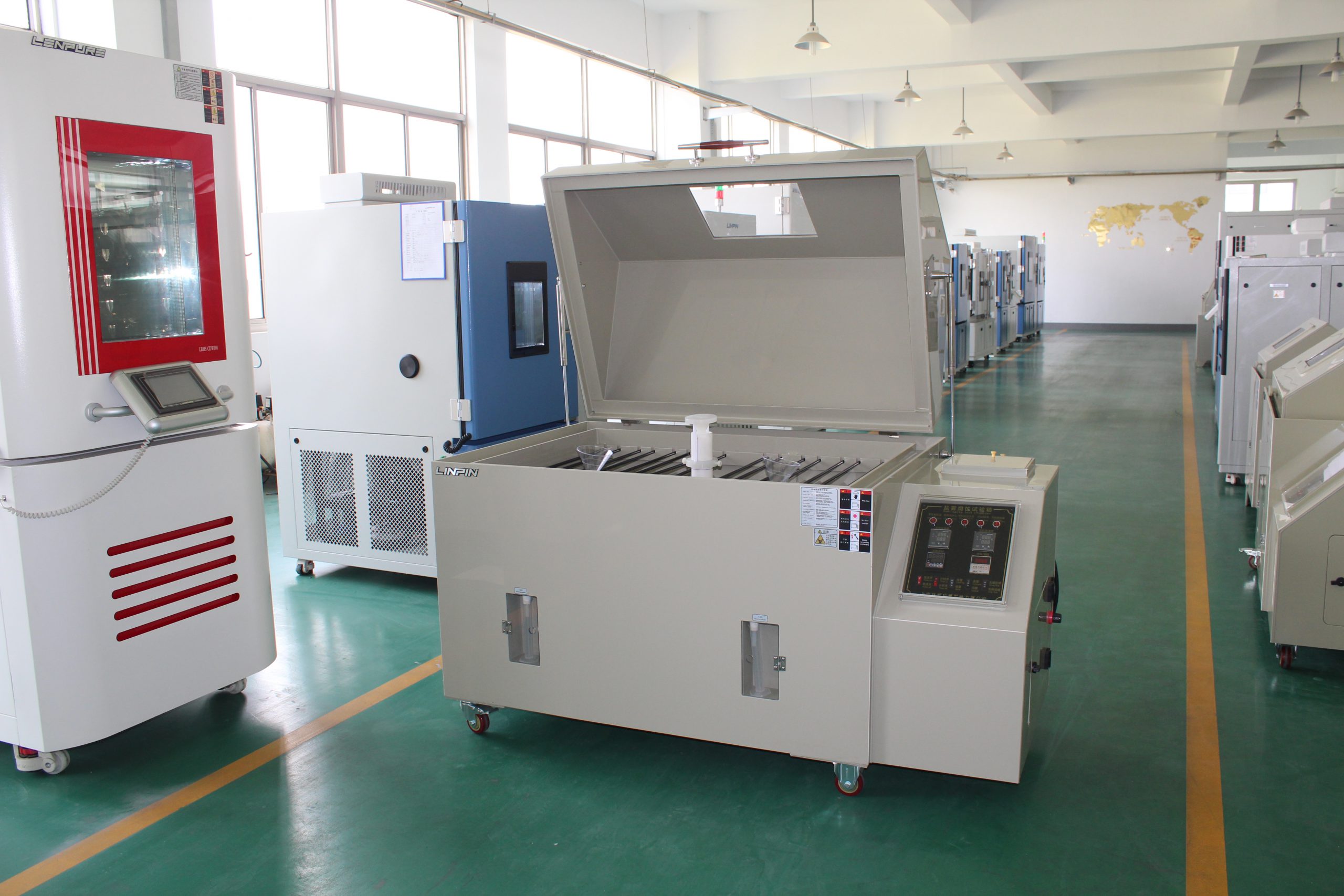
Laboratory Practice and Quality Assurance
Daily operation of salt spray chambers requires meticulous adherence to sedimentation monitoring protocols:
-
Calibration Intervals – Regular verification of atomizer output ensures that the chamber remains within prescribed ranges.
-
Data Recording – Continuous logging of sedimentation values builds traceable records for audits and certifications.
-
Corrective Measures – If sedimentation drifts, technicians must promptly identify causes, whether nozzle clogging, brine concentration shifts, or air supply irregularities.
Laboratories recognized under ISO/IEC 17025 accreditation place particular emphasis on sedimentation monitoring, as it directly affects the defensibility of their results.
Strategic Value for Manufacturers
Highlighting sedimentation control as a selling point communicates multiple layers of value:
-
Assurance of Reliability – Customers can trust that corrosion results are precise, reproducible, and globally accepted.
-
Competitive Differentiation – Equipment that demonstrates superior stability positions itself above generic alternatives.
-
Cost Efficiency – Reliable results prevent costly retesting, reduce product recalls, and accelerate certification cycles.
-
Brand Authority – Companies delivering equipment that controls sedimentation within narrow tolerances signal engineering mastery and long-term credibility.
Technological Advances in Sedimentation Control
Modern salt spray chambers incorporate innovations that elevate sedimentation management:
-
Closed-loop feedback systems adjusting mist generation in real time.
-
Digital monitoring platforms integrating sensors with laboratory management systems for remote oversight.
-
Energy-efficient compressors and atomizers that stabilize air pressure fluctuations.
-
Advanced nozzle designs that resist clogging and extend service life.
These advancements not only optimize sedimentation but also enhance environmental sustainability and operational cost-effectiveness.
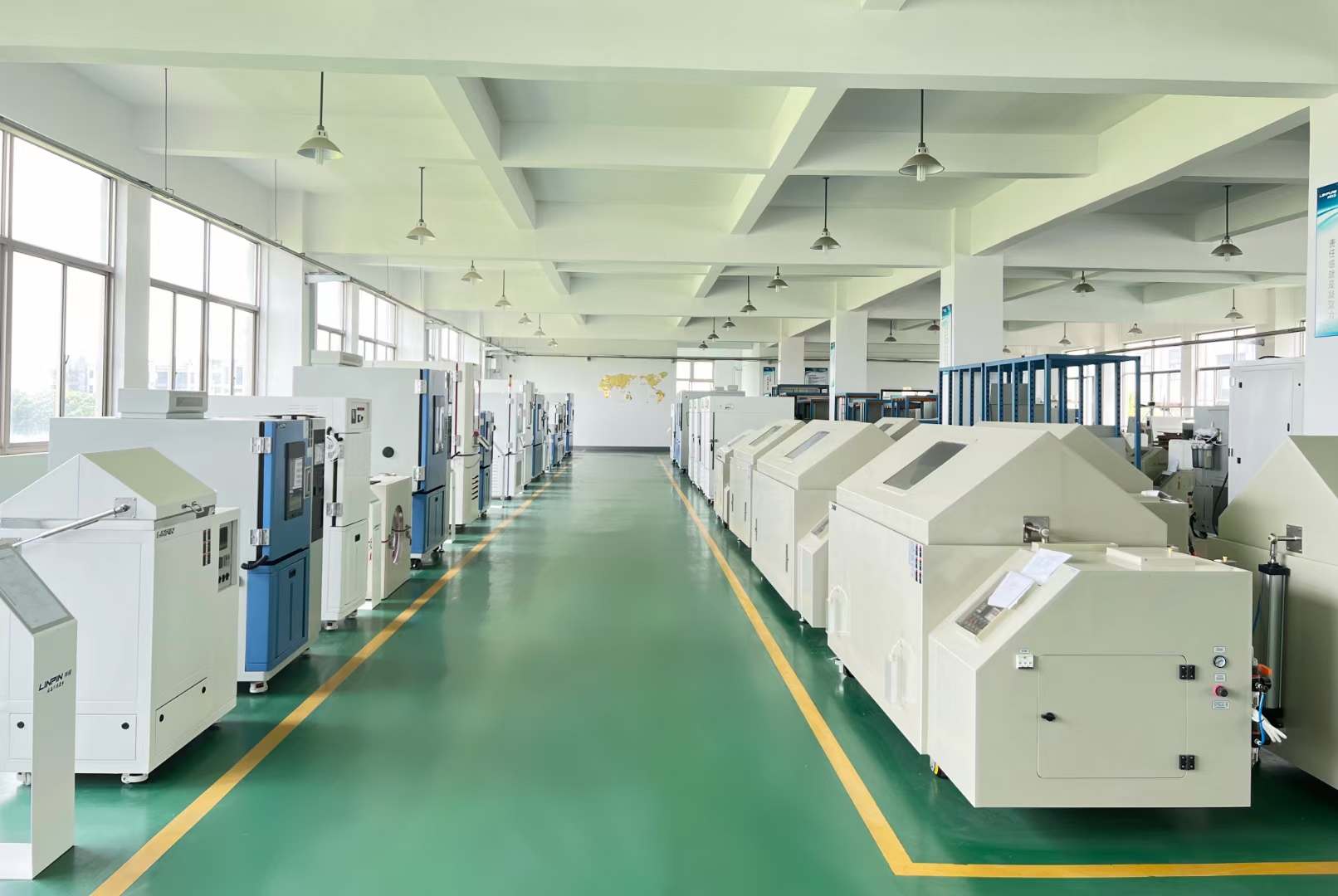
Broader Implications for Global Trade
In an era of international supply chains, cross-border acceptance of test results is vital. A chamber with unstable sedimentation undermines this trust. Conversely, equipment that consistently demonstrates compliance strengthens the exporter’s ability to access new markets, satisfy regulators, and build partnerships with multinational corporations.
The sedimentation rate indicator of a salt spray test chamber is not a secondary technical detail but the very foundation of corrosion testing credibility. It ensures compliance with international standards, protects industrial stakeholders from costly misjudgments, and elevates the reputation of equipment manufacturers. A chamber that achieves stable, precise, and uniform sedimentation is more than a testing tool; it is a strategic asset enabling industries to innovate confidently, compete globally, and safeguard the durability of their products in a demanding world.

